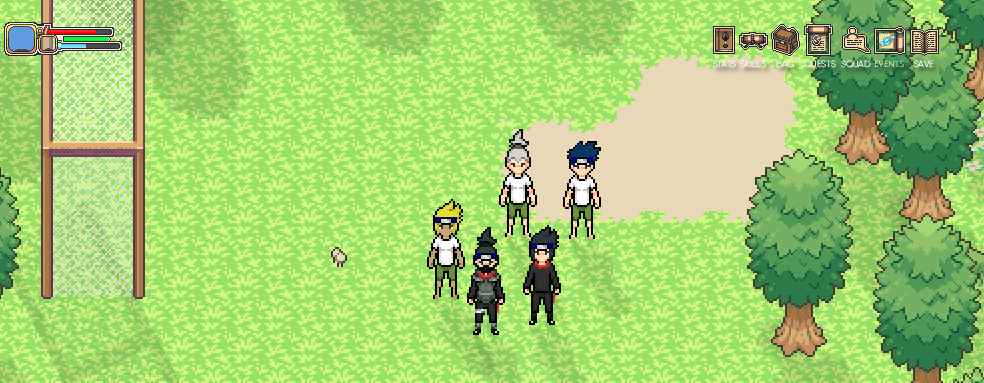
Encourage board game play or encourage families to play quiz-style games at home to improve critical thinking, problem solving and basic math skills. Repetition is important, but how can you keep it fun?Ĭreate more meaningful homework by including games in your curriculum plans. When it comes to homework, it pays to think outside of textbooks and worksheets. There’s no better preparation for the future than learning to work as a team. Encourage each student to think about what they bring to the group. What is something they care about that they can solve with these skills? Involve them as much as possible in both the planning and solving. This can lead to more flexible, out-of-the-box thinking.Īfter reviewing a word problem together as a class, ask small student groups to create their own problems. Cooperative learning allows students to view a problem from various angles. It is rare in real-life situations for big problems to be solved alone. And they may have just the right words to describe an idea to others who are struggling.

More advanced students can lead, helping them solidify their knowledge. When students work together, it benefits everyone. Demystify math and watch their confidence build! Give students time to explore, and teach them big ideas with both academic and everyday terms. Use baskets and labels to have students separate the blocks into each part of the division problem: dividend, divisor, quotient and remainder. Understanding comes more easily when students are surrounded by new ideas.įor example, create a division corner in your station rotations, with blocks to demonstrate the concept of one number going into another. So to help students get comfortable with these concepts, demonstrate and label math ideas throughout your classroom. Some math words are going to be unfamiliar. Memorizing multiplication facts is useful, but seeing these numbers used to calculate area gives them new meaning. Subtraction can also be described as taking away or removing. And the more ways you can describe a mathematical concept, the better. There’s more than one way to say something. These materials give your students a chance to bring math off the page and into real life. A tape measure is an interactive way to teach area and volume. Hot Wheels cars can demonstrate velocity and acceleration. Math word problems are also a great time to break out a full-fledged demo. No need to invest in expensive or hard-to-find materials. Basic wooden blocks, magnets, molding clay and other toys can create great hands-on lessons. Math manipulatives don’t need to be anything fancy. Find ways to let your students examine math from all sides. Even the best drawing of a cone isn’t going to provide the same experience as holding one. Visual aids and math manipulatives are some of your best tools to increase conceptual understanding. Even your highest performing students may only be following a pattern to solve problems, without grasping the “why.” Helping your students understand the concept behind the lesson is crucial, but not always easy.

Once the lesson is introduced, move on to the next fun strategy for the day! 2. Make sure to also focus on any new vocabulary and concepts. Set up your lesson for the day at the whiteboard, along with materials to demonstrate the coming activities. Explicit instruction still provides the best foundation for the activities to come. You can’t always jump straight into the fun. Keep reading to uncover all of our top math strategies for keeping your students excited about math. Top 9 math strategies for engaging lessons And these rewarding moments will keep your students motivated and pushing forward. But even the smallest accomplishments are worth celebrating. Build real-world skills in the classroom while also boosting student confidence.Īnd be sure to celebrate all the wins! It is easy to get bogged down with instruction and testing. Give them a chance to problem-solve together. If you’re teaching elementary or middle school math, find ways for your students to work together. Putting away the pencils and textbooks and moving students out of their desks can re-energize your classroom. Hands-on math practice can engage students that have disconnected from math. Video games? Legos? Use these passions to create exciting math lesson plans your students can relate to.

Think about what your students already love doing. Finding the right mix of fun and learning can bring a lot of excitement to the classroom. Math is a challenging subject - both to teach and to learn. But it’s one you and your students can win! Getting students excited about Math problemsĬreating excitement around math can be an uphill battle.


 0 kommentar(er)
0 kommentar(er)
